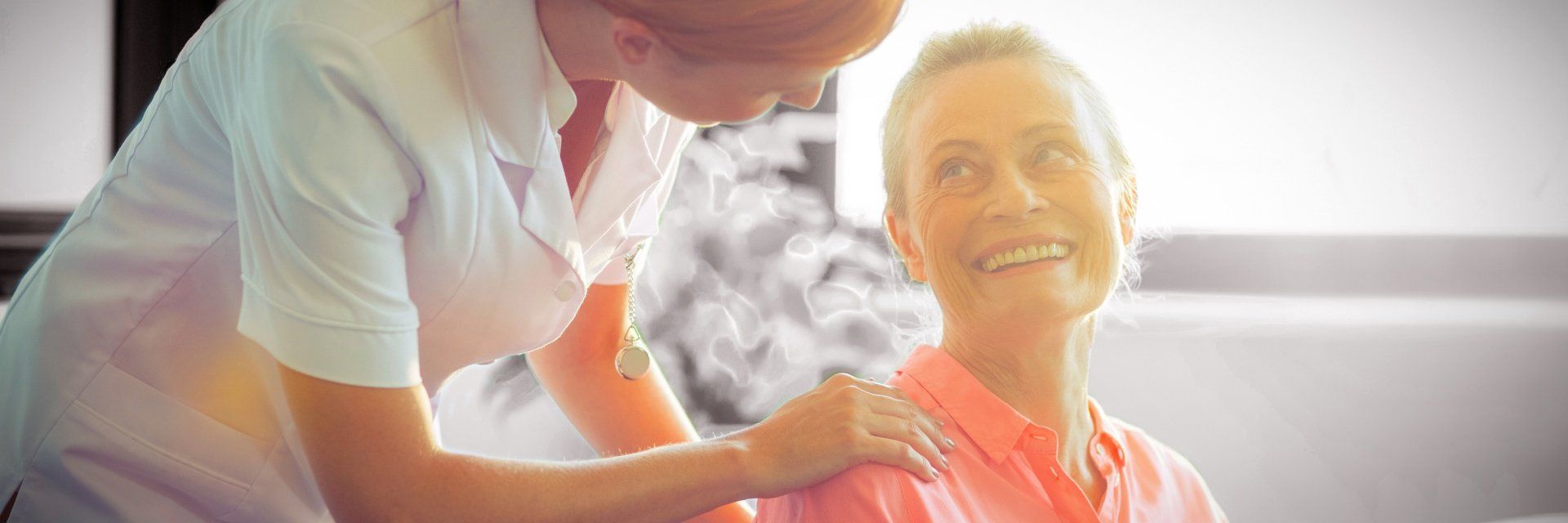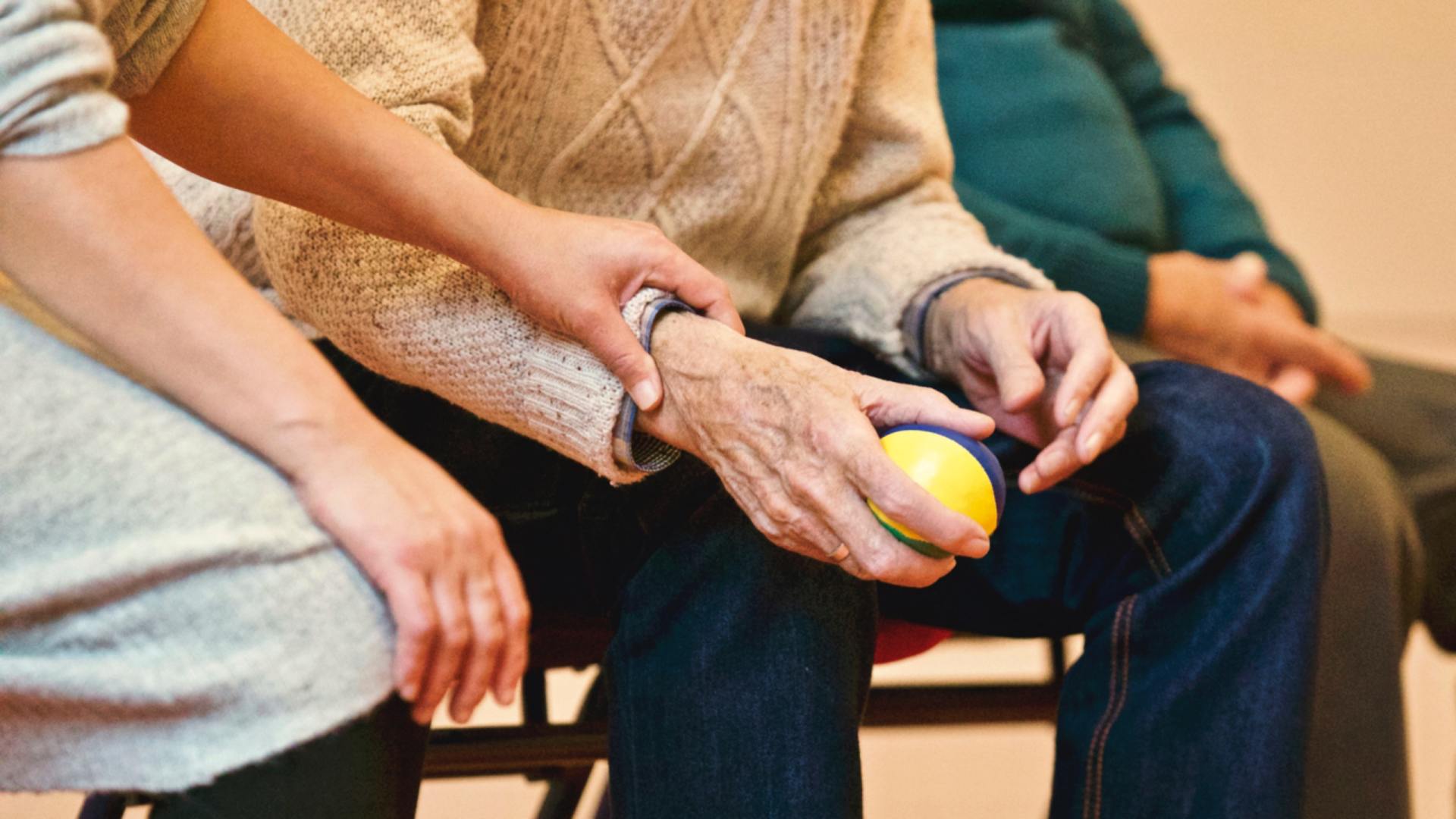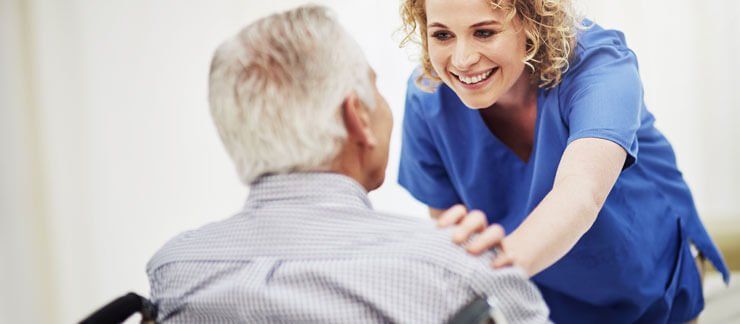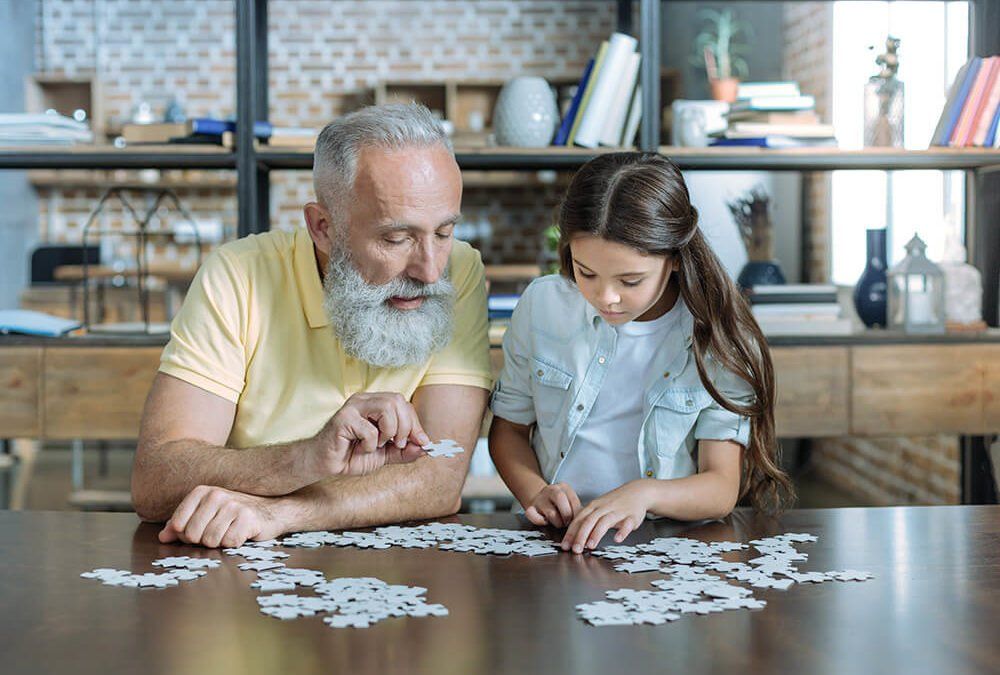







Aches and pains are a fact of life, particularly as you age. And many of them can seem like they spring out of nowhere. This is particularly true of pain in your bones. They’re not exposed to the elements at all—so why are they so achey all of a sudden? It could be that you’re engaging in behaviors or habits that are bad for the health of your bones and your joints. Here are some of the worst offenders.
Most people are only aware of a problem with their diet when
they see external evidence that it’s hurting them—typically in the form of
excess fat. But eating unhealthy foods, and not ingesting enough essential
nutrients and minerals, can cause issues that go below the surface level. If
you’re deficient in iron, Vitamin D, or any number of other nutrients, your
bones will be much more likely to deteriorate. Avoid processed foods and
refined sugars, as well as foods with high levels of sodium. Instead, go for
dark leafy greens, like kale, which are loaded with iron. Eat plenty of nuts as
well. And don’t forget about calcium! No other
nutrient is as healthy for your bones, so ingest plenty of milk and other
calcium-rich foods and beverages.
Sleep does wonders for the mind and body, and not getting
enough of it can be damaging to your skeletal system. Studies have shown
decreasing bone density in animals that are deprived of sleep, and researchers
believe the same is true for humans. If you want strong bones, hit the hay
early enough to get at least eight hours of sleep.
Smoking cigarettes or using tobacco in other forms (like chew or snus) has been linked with lower bone density. Scientist believe this is because using tobacco increases the body’s levels of free radicals, harmful, highly reactive molecules with unpaired valence electrons that wreak havoc throughout the body. Increased levels of free radicals lead to decreased bone density. Tobacco use also increases your level of cortisol, a stress hormone that can weaken bones. This is just one of the hundreds of reasons not to use tobacco, which is linked to cancer, stroke, and numerous other maladies as well. And quitting smoking will improve your cardiovascular endurance, which ties nicely into the next bad habit…
The old wisdom goes that if you don’t use it, you lose it. This is evident in the case of muscles, which we can clearly observe decreasing in size and strength after inactivity. But did you know a lack of exercise can compromise your bone health as well? A sedentary lifestyle is unnatural and unhealthy, despite the fact that it’s become the norm in our culture. The more you get moving, the stronger your bones will stay in the long run.







